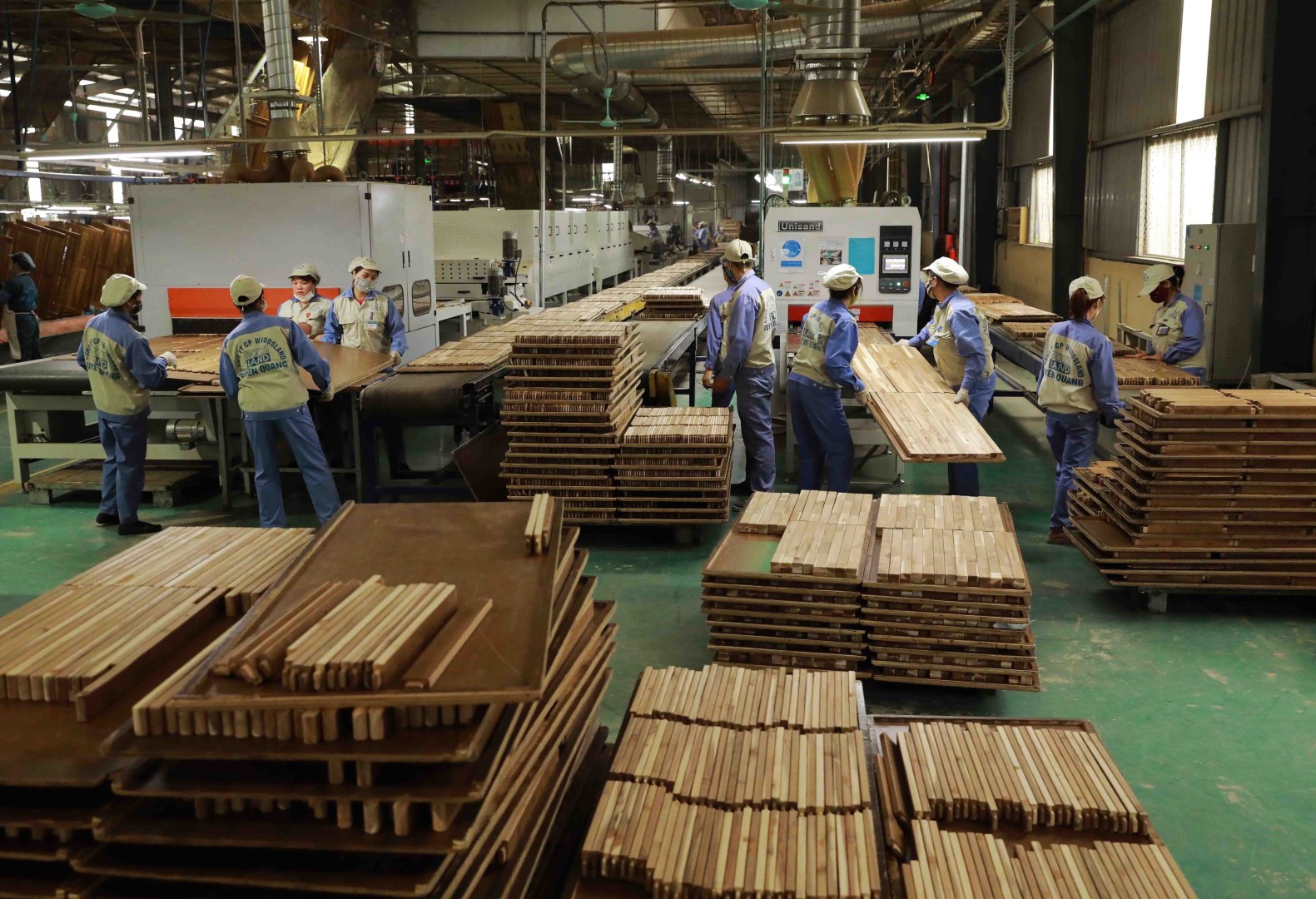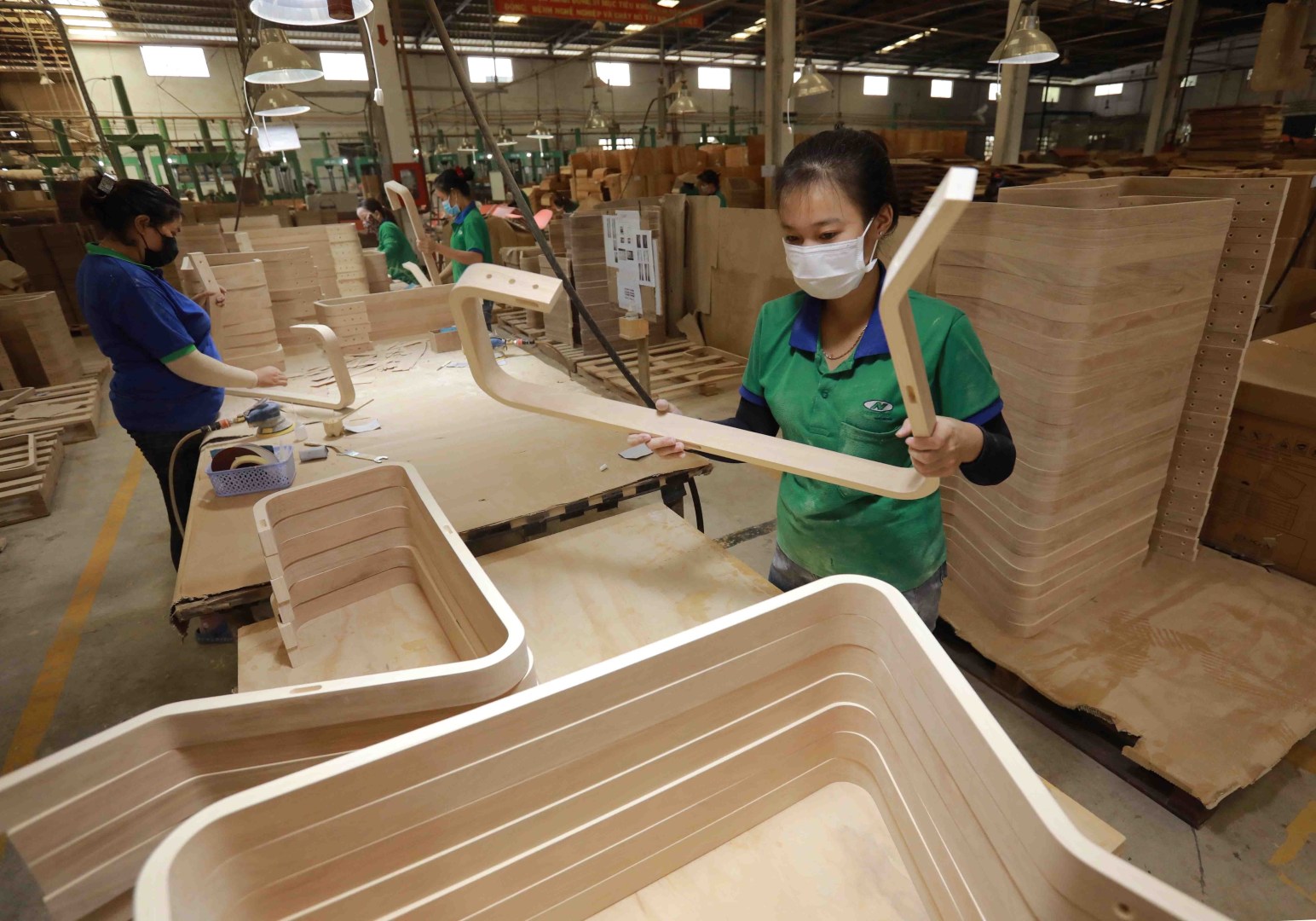
Thanks to the recovery of orders from the beginning of the second quarter of this year, the wood processing and furniture industry is moving toward positive growth, with stable demand from major markets such as the US, Australia, the Republic of Korea, and India.
According to the Department of Forestry under the Ministry of Agriculture and Rural Development (MARD), in the first half of this year, forestry exports hit 6.42 billion USD, down 29% year on year. Despite this modest result, experts are still optimistic about the sector’s capacity to complete its target of 14 billion USD in exports for this year thanks to new orders.
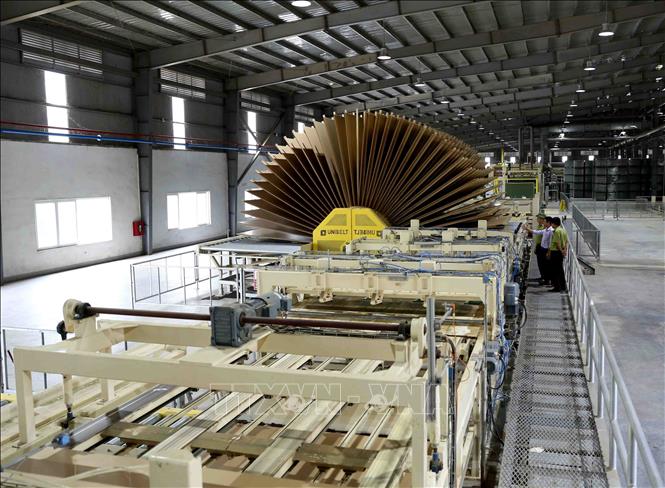
Room for development in the next five years
The first months of 2023 were a tough time for the wood processing and furniture industry with negative figures forecast from the end of 2022. A lack of orders forced many factories to reduce production and cut their workforce. Some enterprises even halted operations.
Preliminary survey results among domestic businesses conducted by the Handicraft and Wood Industry Association of Ho Chi Minh City (HAWA) showed that in the first six months of 2023, orders that businesses in the industry received dropped by an average of 30%. However, in July, they have seen a recovery in orders again due to the beginning of the year-end furniture shopping season in the world market.
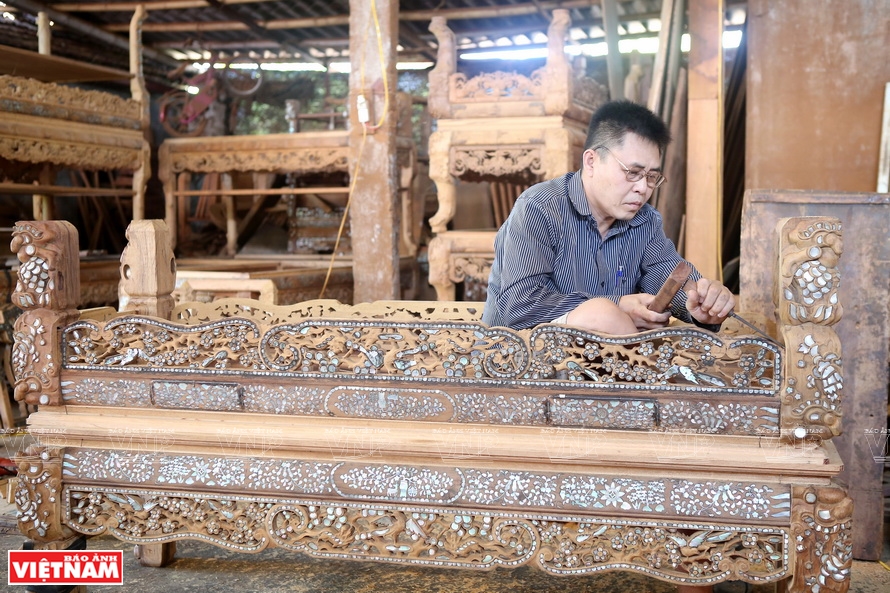
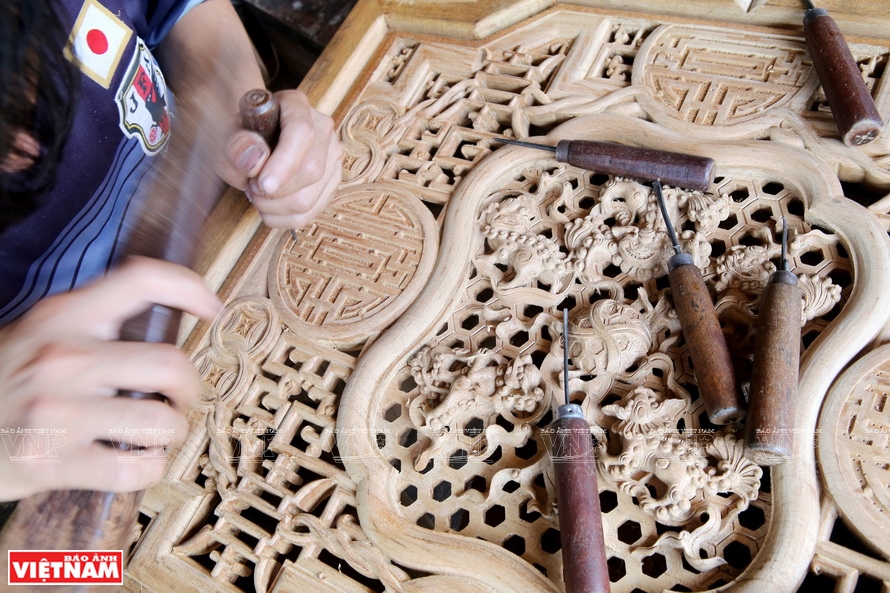
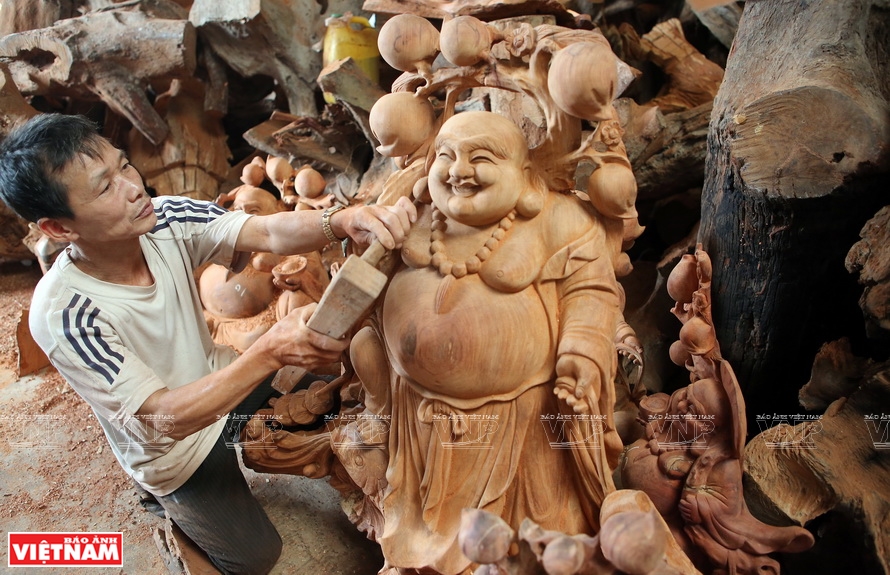
Asserting that the industry’s difficulties from order shortage is just temporary, economist Pham Phu Ngoc Trai said that Vietnam’s furniture sector has plenty of room to expand in the next five or 10 years.
Compared to the global average GDP growth rate of 3%, the compound growth rate of the world furniture industry is 4.5%, and the average growth rate of Vietnam’s wood processing industry is 15.4% per year, the expert noted, stressing that the figures reflect the potential of this industry.
Tran Nhu Trang, representative of the Swiss Import Promotion Programme (SIPPO) in Vietnam said leading wood export markets of Vietnam like the US, Europe and Japan are showing signs of recovery. Along with positive signs in production growth, new trends and demands have been seen in these markets, she said.
Vietnam’s wood processing and furniture industry is also eyeing opportunities to enter a number of markets in the Middle East, which can be an important turning point for the sector, enabling it to complete its export targets, said Trang.
Meeting new requirements is a must
Data from the Import-Export Department under the Ministry of Industry and Trade, among the five largest wooden furniture importers – the EU, the US, the UK, Canada and Japan, the imports of the EU and UK from Vietnam are modest. Meanwhile, import demand in these markets is large.
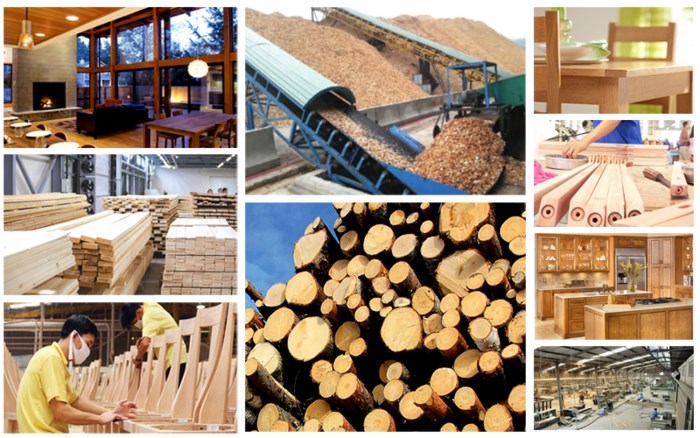
However, these markets have new requirements for exporters in carbon emission reduction commitments, forcing the wood sector to focus on using sustainable materials and ensuring a sustainable production process to minimise carbon emissions into the environment.
Experts underlined that in order to meet sustainability goals and satisfy increasingly strict requirements of the market, the Vietnamese wood industry must design new strategies.
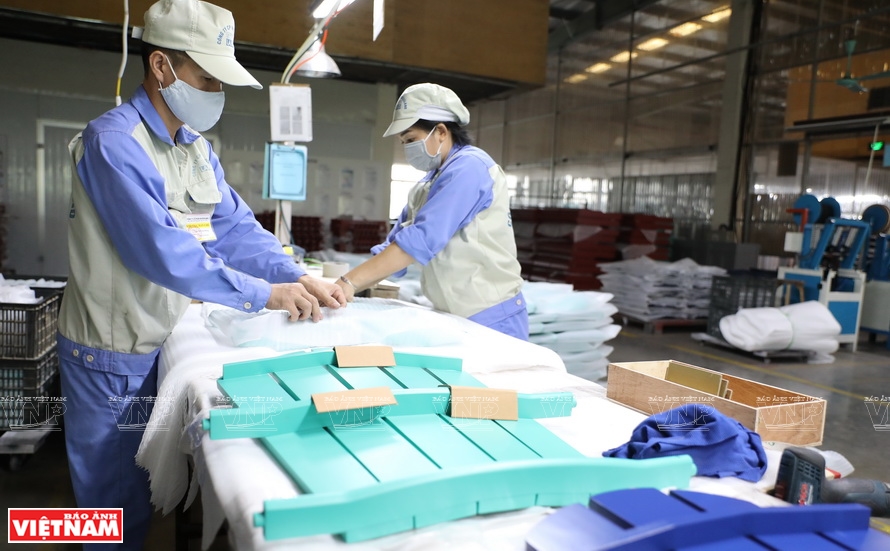
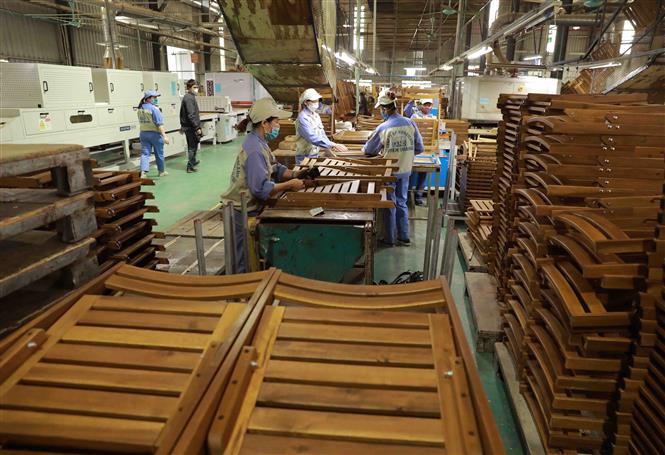

Firstly, it is necessary to enhance the quality and added value of their products to improve their competitiveness and attraction in choosy markets, they advised.
Secondly, wood businesses should make stronger investment in researching and developing products with creative and unique designs, satisfying the diverse aesthetic tastes of consumers, they added.
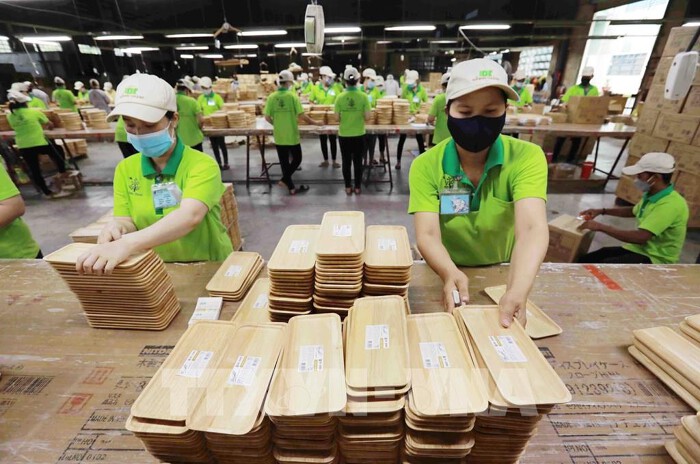
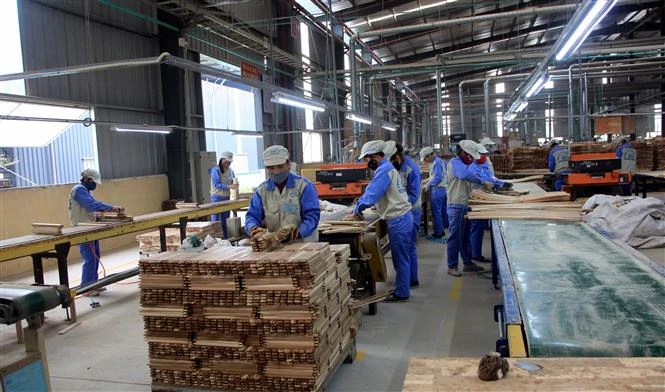
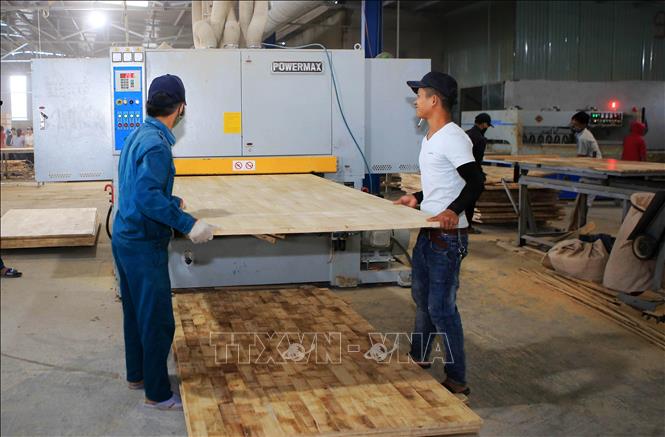
Secondly, wood businesses should make stronger investment in researching and developing products with creative and unique designs, satisfying the diverse aesthetic tastes of consumers, they added.
Pham Thi Ngoc Thuy, Director of the Office of Private Economic Development Research Board, said that new market challenges related to the European Union Timber Regulation (EUTR) or the net-zero emission goal will drive Vietnam’s wood processing and furniture industry towards a more positive direction, enabling it to further expand and lure more investment inflows from foreign investors.
HAWA General Director Nguyen Chanh Phuong said that sustainable development is a challenge, but it can also be a new opportunity for businesses. The sector may really face the problem of reducing emissions by 2028, he predicted.

Promoting furniture exports requires close coordination among businesses and relevant agencies, thus ensuring compliance with regulations and standards of a particular market.
Economists also underlined the crucial need for improving business quality management and operational capacity as an important factor to maintain their reputation and meet the high quality requirements of demanding markets.
It is also necessary to promote marketing and promotion of the Vietnamese wood furniture trademark in the world by using modern communication channels and digital technology. These moves will help to reach a large number of potential customers and create a trustworthy, high-quality image for the Vietnamese wood industry, they added./.
